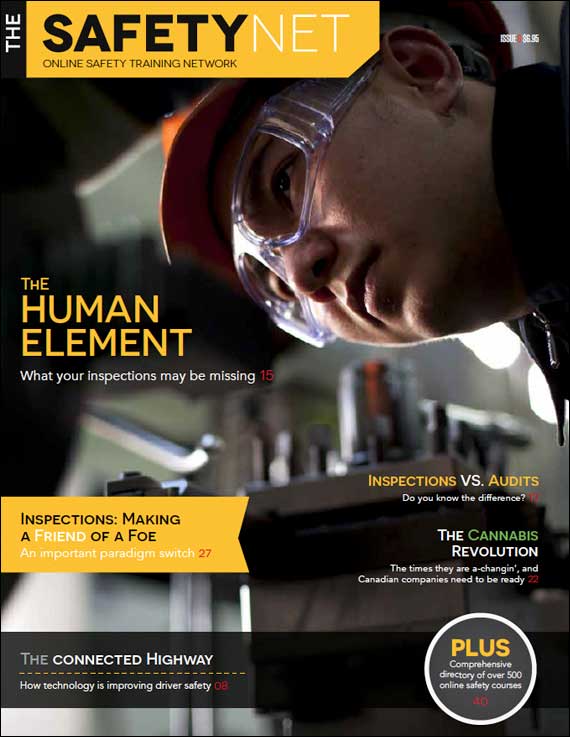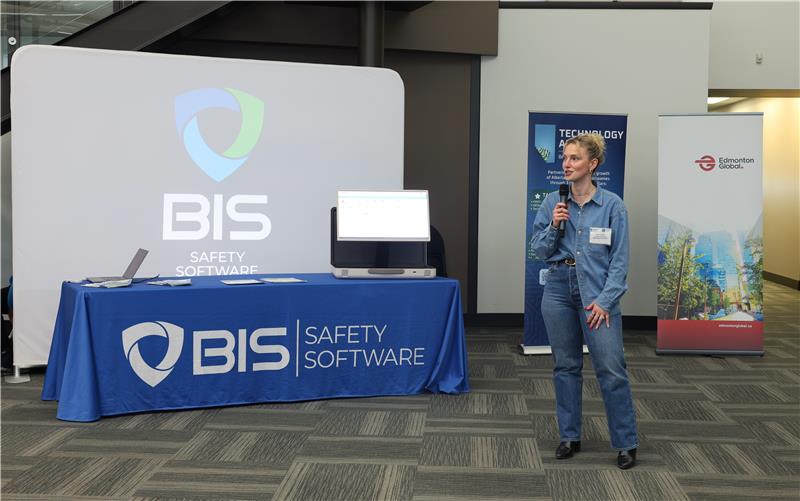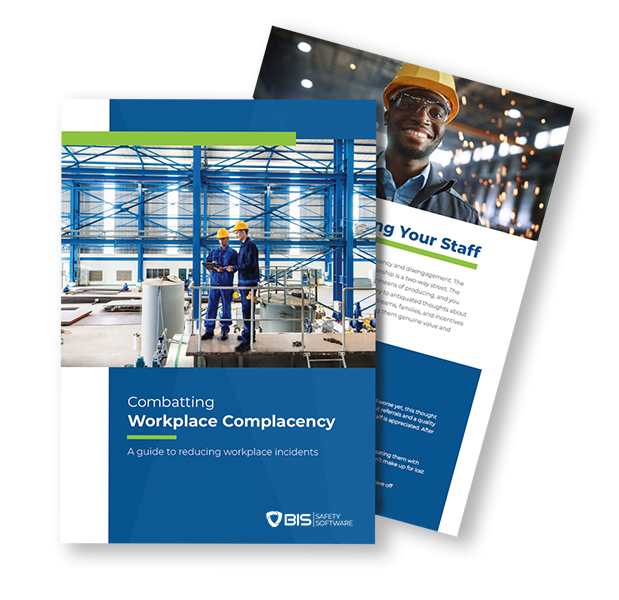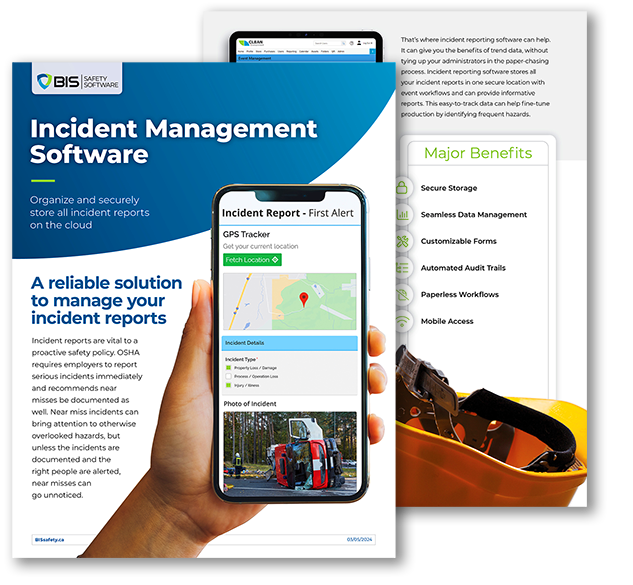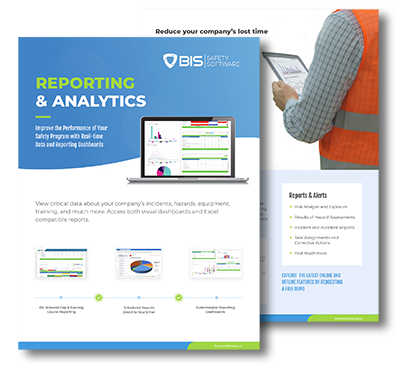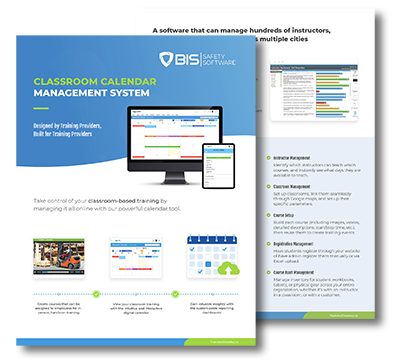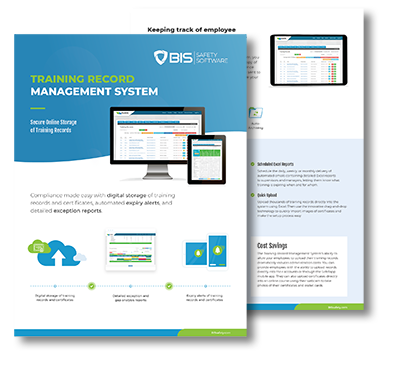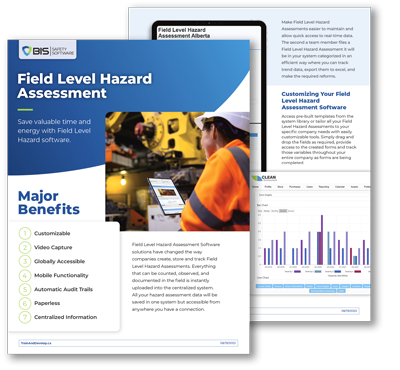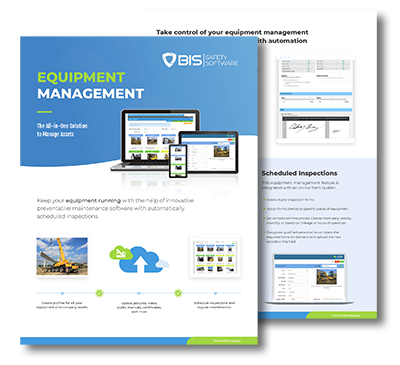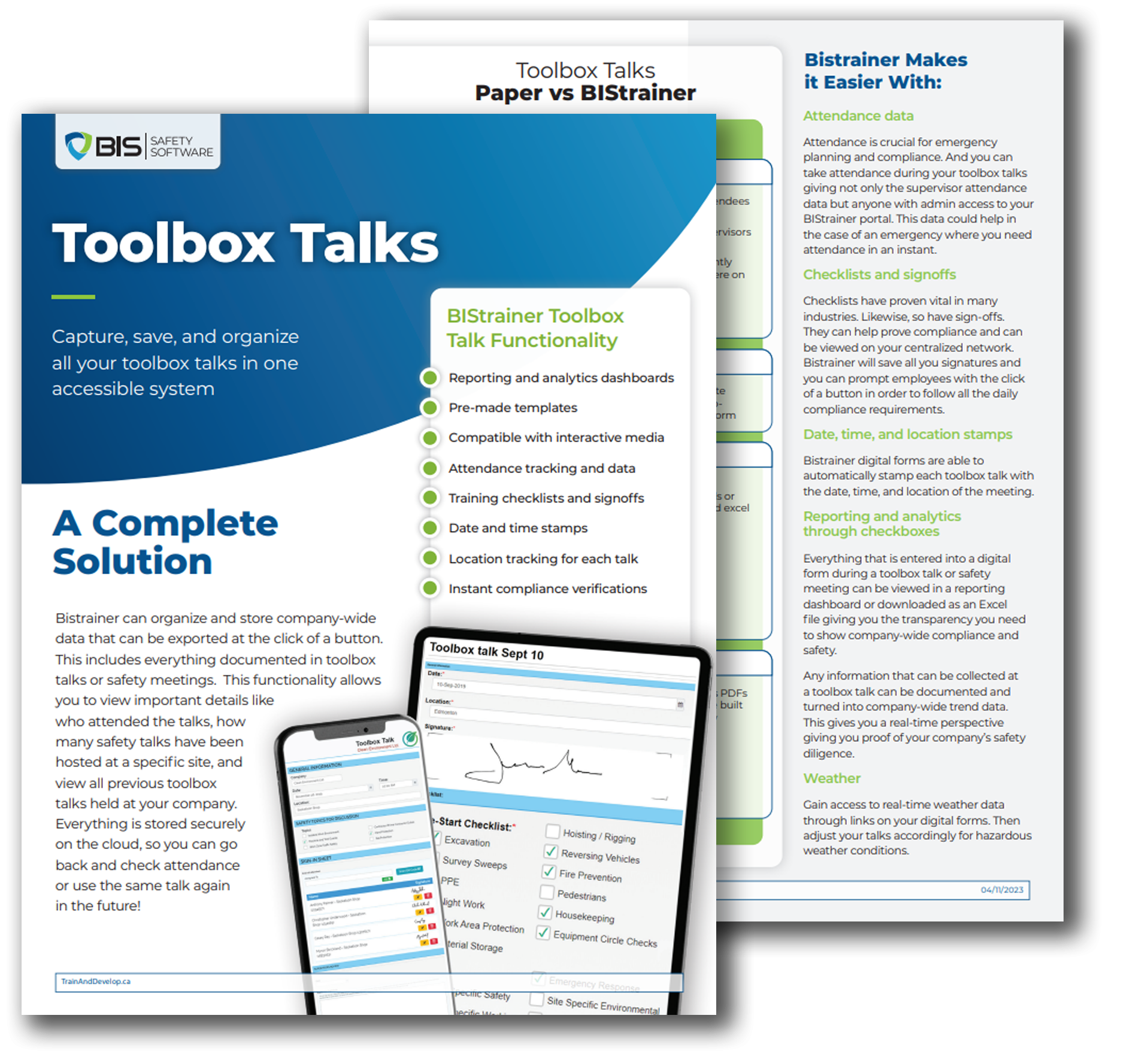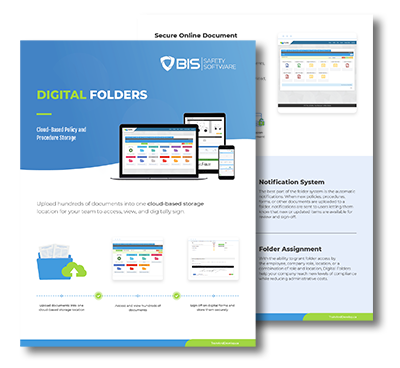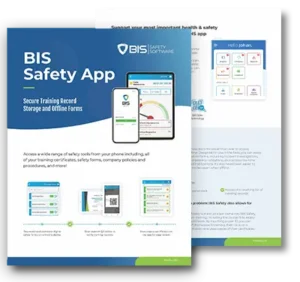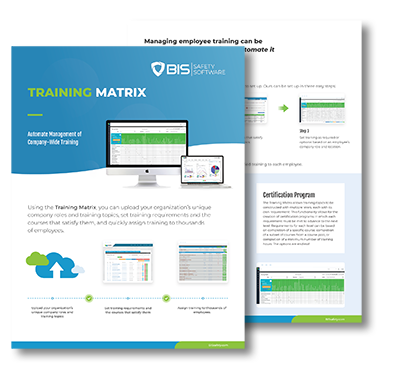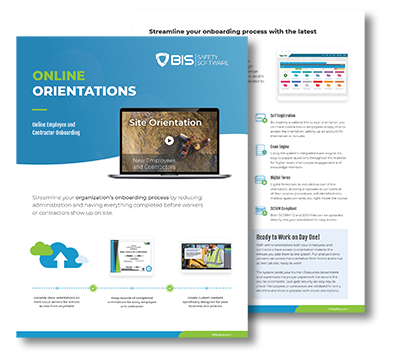BIS Safety Software
Slips, Trips and Falls in Construction Environments
This web-based course equips workers with the knowledge to identify and prevent hazards that can lead to slips and trips.

Falls, slips, and trips are among the leading causes of injuries and fatalities in the construction industry. According to the Bureau of Labor Statistics, statistics from 2012 reveal that falls, slips, and trips resulted in 285,380 nonfatal injuries and 570 fatal work injuries in the workplace.
The Slips, Trips and Falls in Construction Environments course is a web-based program that provides learners the ability to identify and prevent slip and trip hazards. The course also instructs them on implementing the necessary safety measures to protect themselves and their colleagues on the jobsite.
On completion of the Slips, Trips and Falls in Construction Environments course, learners will be equipped to:
- Differentiate between slips and trips and understand their causes
- Highlight the potential injuries and costs related to slips and trips
- Propose strategies to mitigate slips and trips on the jobsite
- Slip & Trip Basics
- What is a Slip?
- What is a Trip?
- Causes of Slips & Trips on the Jobsite
- Potential Injuries
- Cost of Slips, Trips, & Falls
- Preventing Slips & Trips
- Reducing Incidents
- Jobsite Design
- Employee Best Practices
- Proper Footwear & Safe Walking Practices
- Housekeeping
- Correct & Report Hazards
Estimated 30 minutes
Testing conducted throughout this online Slips, Trips and Falls in Construction Environments course is aimed at reinforcing the key concepts. Achieving a score of 80% is necessary to obtain a certificate of completion. Participants have the option to retake the course twice if the pass mark is not achieved.
Upon successful completion of this online course, participants can download and print a certificate of completion.
Course Details
Course Length
This course will take roughly 30 minutes
Passing Mark
To pass this training course, you need to score 80% or higher on the quiz
Certificate
Upon the successful completion of this course a certificate with your name will be stored on your profile and available to print
Additional Training Courses

Snowcat (OSHA)
The Snowcat (OSHA) course provides comprehensive safety training for snowcat operators in compliance with OSHA standards. The course material includes in-depth discussions on snowcat...

Job Safety Analysis (JSA)
Delve into this enlightening guide as our freshly appointed safety leader takes her General Manager on a journey of conducting a Job Safety Analysis...







